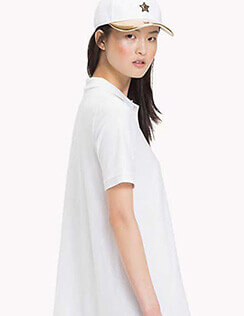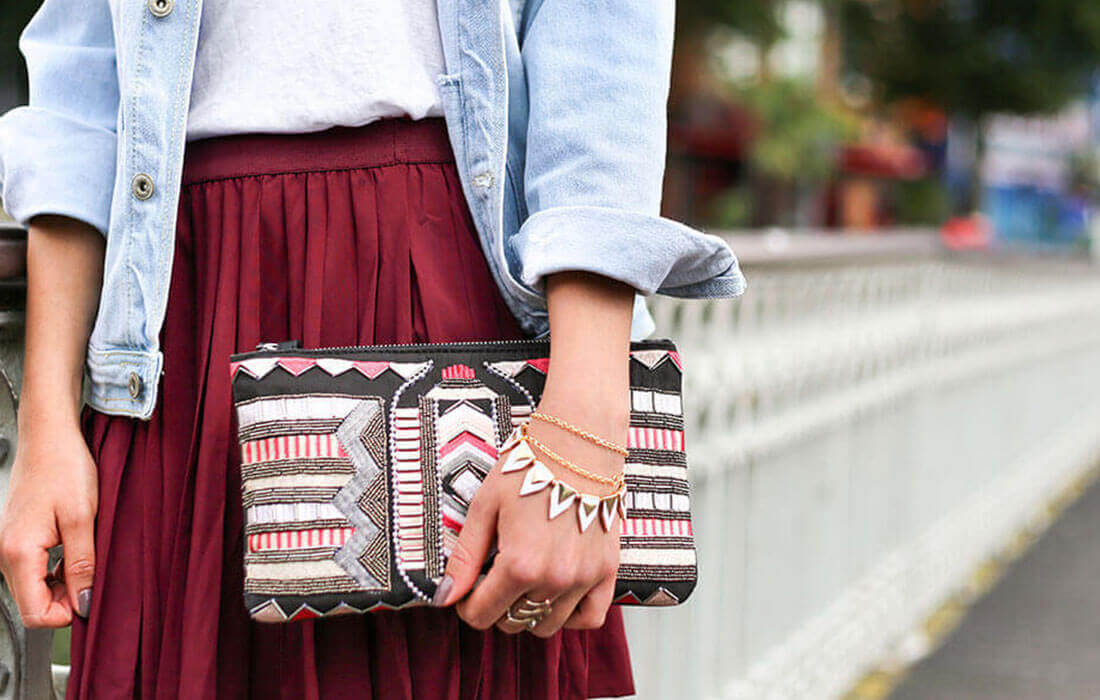Fashion is not just about clothing; it’s a form of expression, a language without words. At the heart of this language lies colour – a powerful tool that designers wield to evoke emotions, convey messages, and shape trends. The relationship between colour and fashion is intricate and deeply rooted in social and cultural contexts. From the vibrant hues of the 1960s to the minimalist palettes of the 1990s, colours have played a pivotal role in defining fashion movements and reflecting societal norms. In this article, we delve into the captivating world of colour in fashion, exploring its historical significance, its impact on trends, and its role in shaping cultural identities.
In ancient civilizations like Egypt and Mesopotamia, clothing colours held immense social and religious significance. The availability of certain dyes and pigments determined the colours worn by different classes of society. Bright and vibrant hues such as red and purple were reserved for royalty and the aristocracy, symbolizing power, wealth, and divine favour. Meanwhile, more subdued tones like beige and grey were common among the ‘lower’ classes. The use of specific colours in religious ceremonies and rituals further underscored their importance in these ancient cultures.
Ancient Indian civilization also had a deep appreciation for colour, evident in the textiles, clothing, and adornments depicted in archaeological findings and historical texts. The use of natural dyes derived from plants, minerals, and insects was prevalent, resulting in a spectrum of vivid hues that adorned the clothing of both royals and commoners.
One of the earliest references to the significance of colour in Indian culture can be found in the Vedas, ancient sacred texts dating back to around 1500 BCE. These texts describe the symbolic meanings of various colours, linking them to cosmic elements, deities, and virtues. For example, red symbolizes power and fertility, while yellow represents knowledge and prosperity.
During the medieval period in Europe, sumptuary laws were enacted to regulate the colours and fabrics worn by individuals of different social ranks. These laws aimed to preserve social hierarchies by dictating who could wear luxurious and expensive materials, as well as richly coloured garments. For instance, in Renaissance Italy, sumptuary laws restricted the use of certain colours and fabrics to nobility, while commoners were limited to simpler attire. This reinforced the notion that one’s clothing should reflect their social status and adherence to societal norms.
The Renaissance marked a significant period of innovation and artistic expression, including advancements in the art of dyeing and textile production. With the expansion of trade routes and the influx of exotic materials from distant lands, artisans had access to a wider range of pigments and dyes. This led to a proliferation of vivid colours in fashion, particularly among the wealthy elite. Luxurious fabrics such as silk and velvet were dyed in deep, jewel tones, reflecting the opulence and extravagance of the time.











Add comment